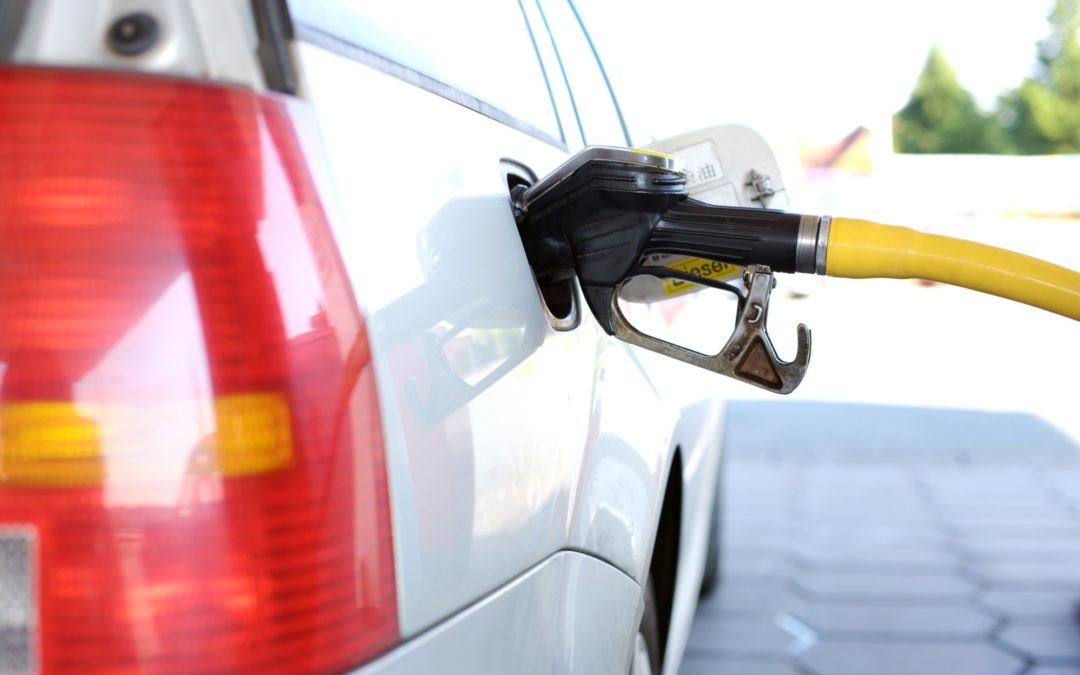Maximizing fuel efficiency has become a priority for many drivers, especially in times when fuel prices fluctuate unpredictably. The good news is that there are numerous practical ways to increase fuel efficiency without compromising comfort. From simple adjustments to driving habits to keeping up with essential vehicle maintenance, these tips can help. Learn more at the DriveSafe Online Defensive Driving Course.
Monitor Your Driving Habits
Your driving style significantly impacts fuel consumption. Aggressive behaviors like rapid acceleration, speeding, and hard braking can lower fuel efficiency by up to 40%, according to the U.S. Department of Energy (DOE).
- Maintain a Steady Speed: Cruising at a steady pace, particularly on highways, is one of the simplest ways to save fuel. Utilize cruise control on flat terrain to maintain consistent speeds.
- Avoid Excessive Idling: Restarting your engine is more fuel-efficient than idling for longer than 30 seconds. Learn more at FuelEconomy.gov.
- Observe Speed Limits: The EPA notes that gas mileage decreases rapidly at speeds above 50 mph. Driving 5 mph over 50 is like paying an extra $0.24 per gallon.
Maintain Proper Tire Pressure
Under-inflated tires cause more rolling resistance, forcing the engine to work harder. Properly inflated tires can save up to 11 cents per gallon on fuel, according to the National Highway Traffic Safety Administration (NHTSA). Learn more about tire maintenance at the DriveSafe Online Blog.
Check tire pressure monthly and adjust it to the manufacturer’s recommendation, usually found on a label inside the driver’s side door or in the owner’s manual.
Regular Vehicle Maintenance
- Tune-Ups and Filters: Replacing a faulty oxygen sensor can improve gas mileage by up to 40%. Replacing a clogged air filter on older vehicles can improve efficiency by up to 10%. Learn more about vehicle maintenance on the DriveSafe Maintenance Tips Page.
- Use the Right Motor Oil: Using the manufacturer’s recommended oil grade can improve efficiency by 1-2%. Discover more tips at the DriveSafe Blog.
Reduce Unnecessary Weight
Carrying excess weight reduces fuel efficiency. For every 100 pounds of added weight, fuel efficiency drops by about 1%, according to the DOE. Remove unnecessary items from your trunk or back seat, and consider taking off roof racks when not in use.
Optimize Air Conditioning Usage
Air conditioning impacts fuel economy, especially in hot climates. At lower speeds, opening windows is more efficient. At highway speeds, however, using air conditioning is better because open windows increase aerodynamic drag. Learn more about fuel efficiency tips from the DriveSafe Online Defensive Driving Course.
Plan Your Trips Efficiently
Combine errands into one trip to avoid multiple cold starts, which consume more fuel. A warm engine operates more efficiently, so longer trips can save fuel over multiple short trips. Plan your routes with apps like Google Maps or Waze to save time and improve fuel economy.
Conclusion
Maximizing fuel efficiency doesn’t require drastic lifestyle changes. Simple strategies like smoother driving, regular maintenance, and mindful air conditioning usage can reduce fuel consumption, save money, and lower your carbon footprint.
Learn more driving tips and techniques at the DriveSafe Online Defensive Driving Course. Save money, improve comfort, and enhance your driving experience while getting the most out of every gallon of fuel.

Patrick M. is Editorial Director for the always expanding DriveSafe Online library of courses. With over two decades of experience developing award-winning training, he now focuses on innovating online driver safety training. Pulling from his background in journalism, he steers the wheel behind the creation of top-tier content that promotes a better journey—whether on the digital highway of learning or the real roads we travel every day.
